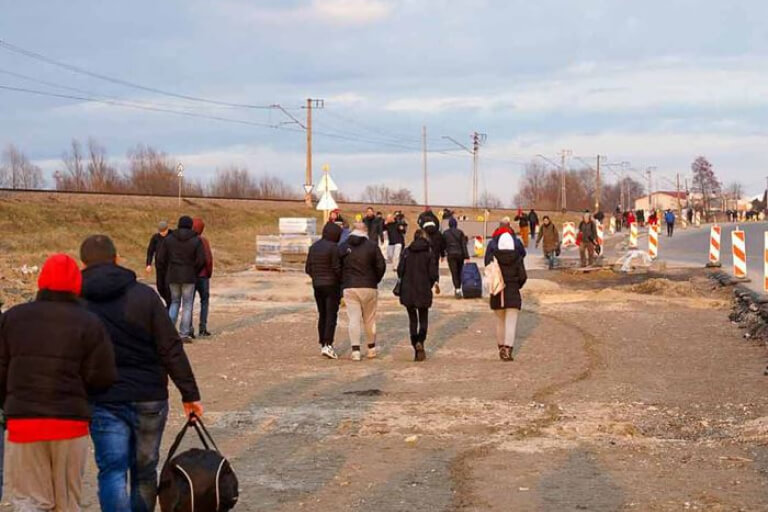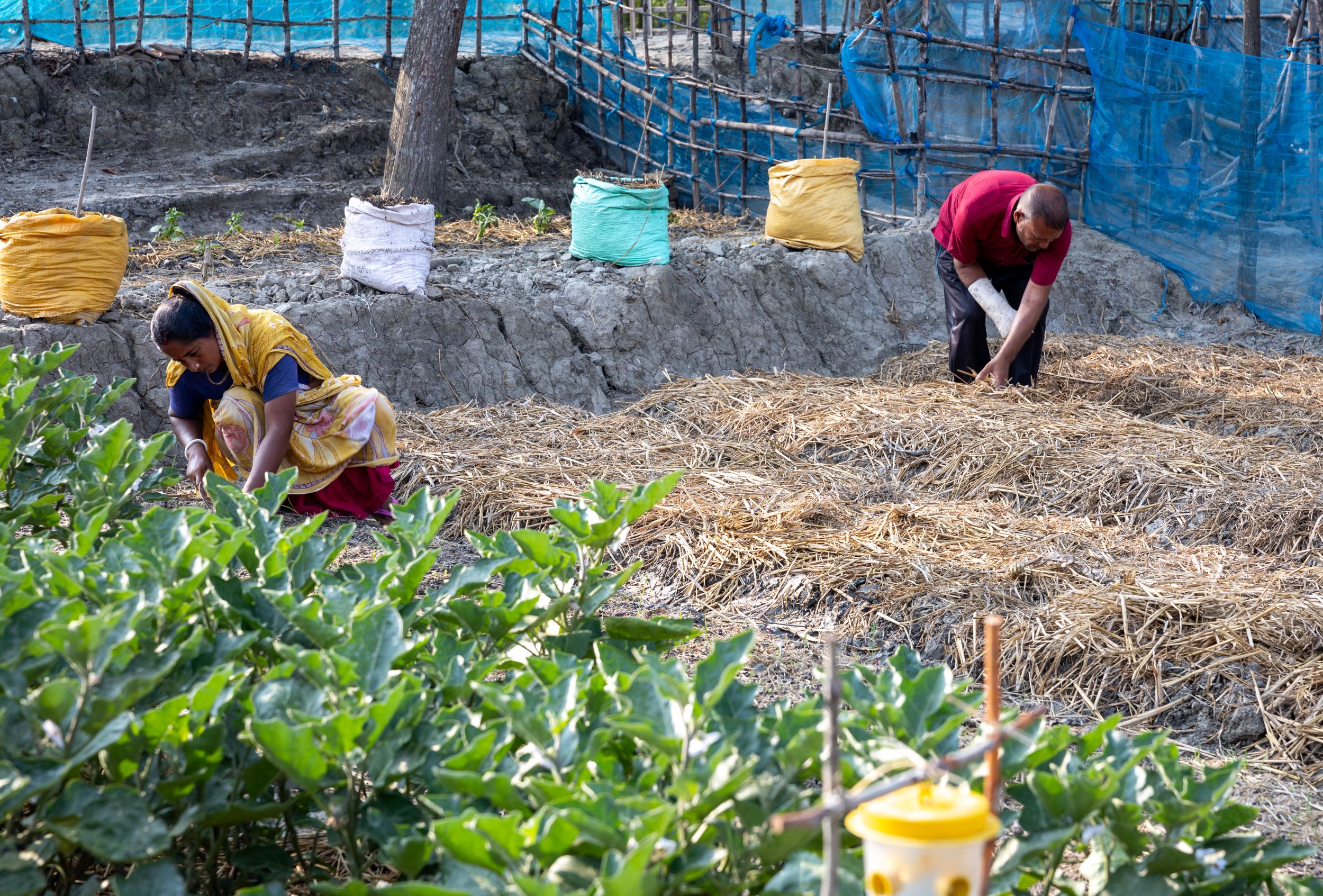Caritas agencies are responding after over 50,000 people were displaced in the wake of the magnitude 5.6 earthquake that struck Indonesia in November 2022.
The earthquake killed over 300 people, many of them school children, and injured over 2,000. At least 24 more people remain missing, despite the ongoing efforts of over 1,400 rescuers.
It is the deadliest earthquake in Indonesia since the 2018 Sulawesi earthquake and tsunami and has left extensive damage to buildings, including schools, a mosque, boarding school, government office and thousands of homes.
The earthquake was so strong that it was felt in Jakarta, more than 75km away from the epicenter. Warnings have been issued to residents in the affected areas for potential hazards such as landslides and flash floods.

Laz Harfa, one of Caritas Australia's Partners in Indonesia, responding to the Earthquake. Photo: Laz Harfa, one of Caritas Australia's partners.
Why is Indonesia prone to earthquakes?
Indonesia is located on the Ring of Fire, an arc of volcanoes and fault lines in the Pacific Ocean, that sets off frequent earthquakes and volcanic activity. It is one of the most seismically active zones in the world, and it means that Indonesia records thousands of earthquakes every year. Most of these earthquakes are minor and do not lead to casualties.
However, in recent years there have been several deadly earthquakes that have struck Indonesia. In February this year, a magnitude 6.2 earthquake killed at least 25 people and injured more than 460.
The most devastating earthquake in Indonesia's history was the 2004 Boxing Day earthquake and tsunami. This earthquake claimed the lives of more than 227,898 people, in Indonesia and neighbouring countries, and caused widespread destruction.

Destruction from the earthquake in Cianjur, Indonesia. Photo: Laz Harfa, one of Caritas Australia's partners.
Why was this Indonesia earthquake so deadly?
Normally, a 5.6 magnitude earthquake would be expected to only cause light damage to buildings. However, this earthquake was very shallow and close to known fault lines.
In addition, the Cianjur region is built with infrastructure not designed to withstand earthquakes. Inadequate infrastructure can mean that buildings that are not earthquake-proof are at risk of collapsing, including when there is a quake close to the surface.
At least 80 schools suffered damage during the earthquake and many of the casualties were schoolchildren.
How to prevent deaths from earthquakes?
It is impossible to prevent earthquakes in Indonesia, but it is possible to reduce the impacts of earthquakes on communities.
A key way to prevent deaths is by ensuring that infrastructure meets minimum standards for earthquakes. This makes homes and other buildings more resilient when earthquakes occur, and can help to save lives.
Disaster risk reduction helps to save lives and money, by enhancing the resilience of communities to disasters. This can include setting up early warning systems and training community members on how to respond when a disaster occurs, including setting up evacuation plans.

Destruction from the earthquake in Cianjur, Indonesia. Photo: Laz Harfa, one of Caritas Australia's partners.
How is the Caritas network responding to the earthquake?
Caritas Australia’s partners are collaborating with local governments, trusted partners, and Churches to assess the needs on the ground and deliver emergency relief in the hardest-hit regions. One of the local Caritas offices, in the Diocese of Bogor, has been providing emergency food for affected families and humanitarian workers at the Parish of St. Peter, Cianjur.
Provide much needed support to Indonesia by donating to our Asia Emergency Appeal.
















